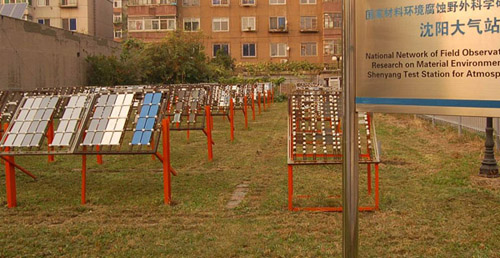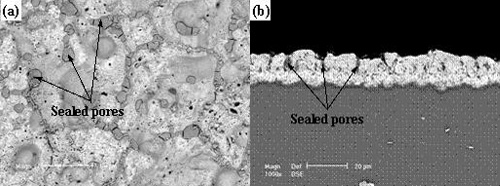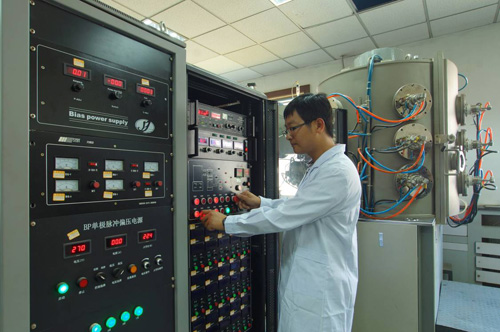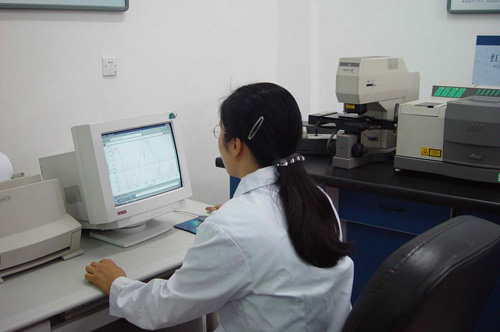Brief Introduction
The origin of the Laboratory for Corrosion and Protection can be traced back to the Corrosion Science Laboratory (CSL), CAS, which was founded in 1985 and subordinated to the former Institute of Corrosion and Protection of Metals (ICPM), CAS.
The laboratory operates as an academic platform for performing fundamental research on corrosion and protection, promoting academic collaborations, and training young talent. To meet the demand of the energy, petrochemical, oceanic exploitation, transportation, environmental protection, aviation, and aerospace industries, the activities of laboratory focus on fundamentally understanding the corrosion degradation of materials during service, R&D of corrosion-resistant materials (e.g., alloys, coatings, and paints), corrosion control, inspection, and monitoring, corrosion case analysis, and approaches for service-life prediction for key engineering components.
Research Areas
♦ Corrosion Electrochemistry and Natural Environmental Corrosion
Research areas include the fundamental understanding of electrochemical corrosion, technology and theory for chemical and electrochemical conversion, theory and technology for corrosion inspection, monitoring, and control, corrosion inhibitors, the regulation of material corrosion in typical natural environments, and relevant corrosion-control technologies.
♦ High-Temperature Corrosion and Protection
Research areas include the fundamental understanding of the high-temperature oxidation of metallic materials, the formation and degradation process of oxide scales and their characterization, the corrosion and protection of materials in hot mixed gases and molten salts, the preparation and degradation of high-temperature protective coatings, and the development and application of nano-technology for coating synthesis.
♦ Mechanochemical Corrosion and Protection
Research areas include stress corrosion cracking, the effect of environmental factors on the initiation of material fatigue cracks, hydrogen-induced corrosion and embrittlement of alloys, corrosion-erosion and cavitation of materials, and the degradation mechanism and protection of materials in multi-phase flows.
♦ Surface Science and Engineering Technology
Research areas include the development of advanced technologies for the fabrication of protective coatings, especially functional coatings and thin films, and systematic research on key scientific issues related to surface science and engineering.
Research Highlights

Atmospheric exposure test site

Surface (a) and cross-section (b) morphologies of self-sealing-pore MAO film

EIS plots of self-sealing-pore and traditional silicate MAO films in 3.5 % NaCl


Characterization of electrochemical corrosion products by Magna-IR560 infrared spectrometry
Please click here to visit the website